Sewage Cleanup Services
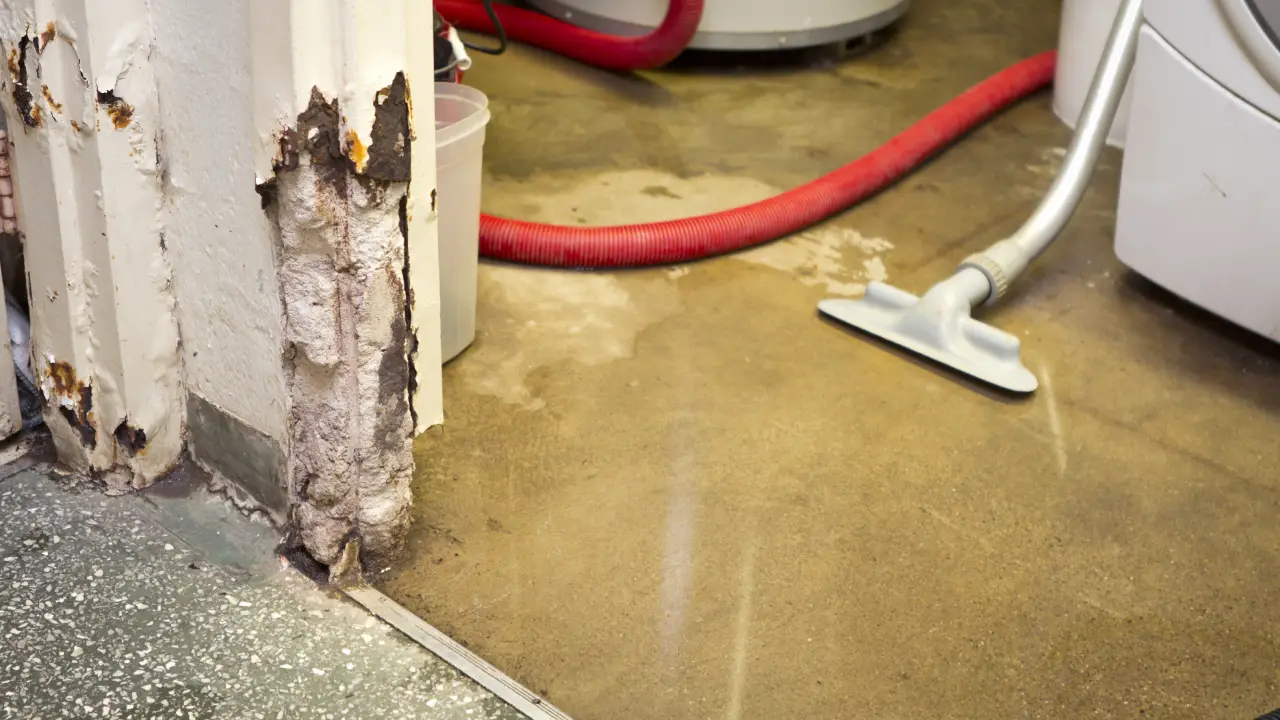
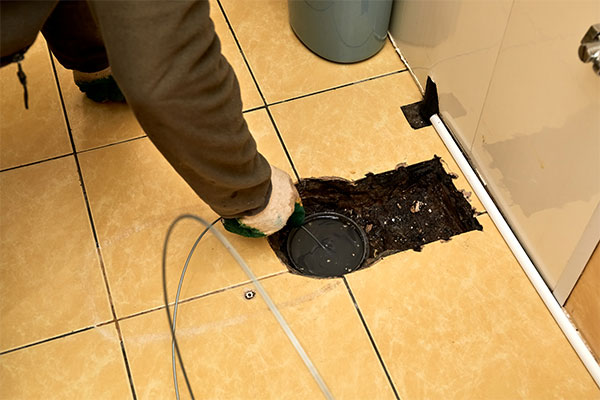
Sewage Cleanup and Sanitation
Rock Environmental is the best choice for sewage cleanup. Our experienced crews are ready to respond to your emergency 24 hours a day 7 days a week.
Proper inspection, remediation and disinfection are all phases to properly cleanup a sewage spill to ensure your safety.
Cleaning up raw sewage is not only a messy, dirty job, but it can be hazardous to your health during and after cleanup if it’s not done properly. Cleanup of Sewage is better left to the professionals so you don’t put your and your family’s health at risk. Proper inspection, remediation and disinfection are all phases to properly cleanup a sewage spill to ensure your safety.
At Rock Environmental, we only send our fully licensed and IICRC technicians to handle any biohazard cleanup or sewage removal projects. If you are experiencing a sewage backup emergency, it is imperative to take action immediately. Our HAZWOPER 40 trained team can safely and effectively provide sewage cleanup services.
What is Sewage Backup?
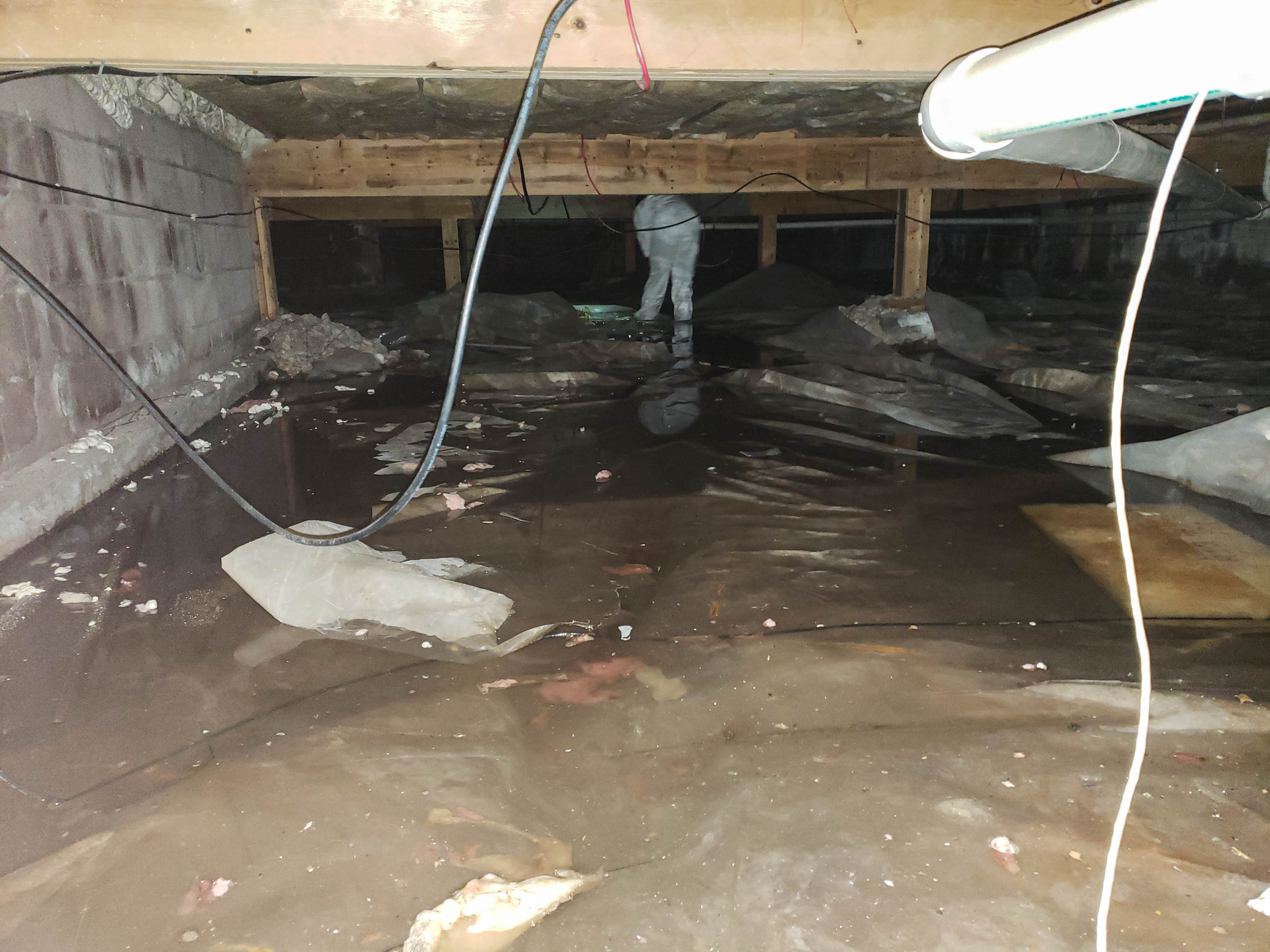
Sewage Backups sometimes start as gurgling sounds in the plumbing or a constant faint sound of running water and sometimes you begin to smell a foul odor when you run your water or flush the toilet.
When the raw sewage backs up into the house or floods the bathrooms, it not only smells and ruins your floor and carpet, but it also presents a real health hazard. When a sewer line backs up in a house or a building it is an unwanted collection of a variety of sewer lines from multiple homes and businesses that contains bacteria and possibly disease and virus based contaminates.
Using an extractor and household disinfectant are not effective to ensure that the area is free of health hazards. Sewer water can travel under flooring, be absorbed into the walls and seep inside appliances.
Knowing what leads to sewer incidents can help prevent them from happening. Some causes of sewer blockages are hard to detect before damage has already occurred, while others are easier to prevent. Some common causes of sewer blockages include:
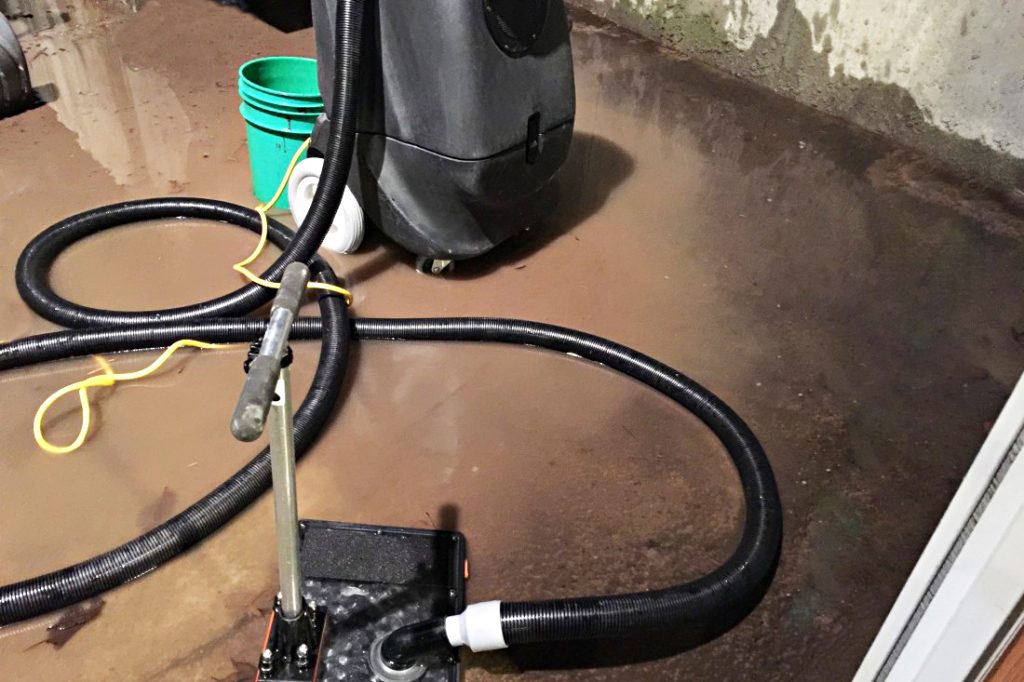
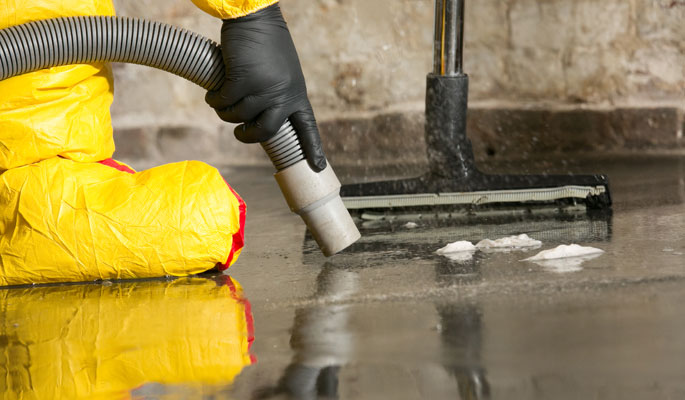
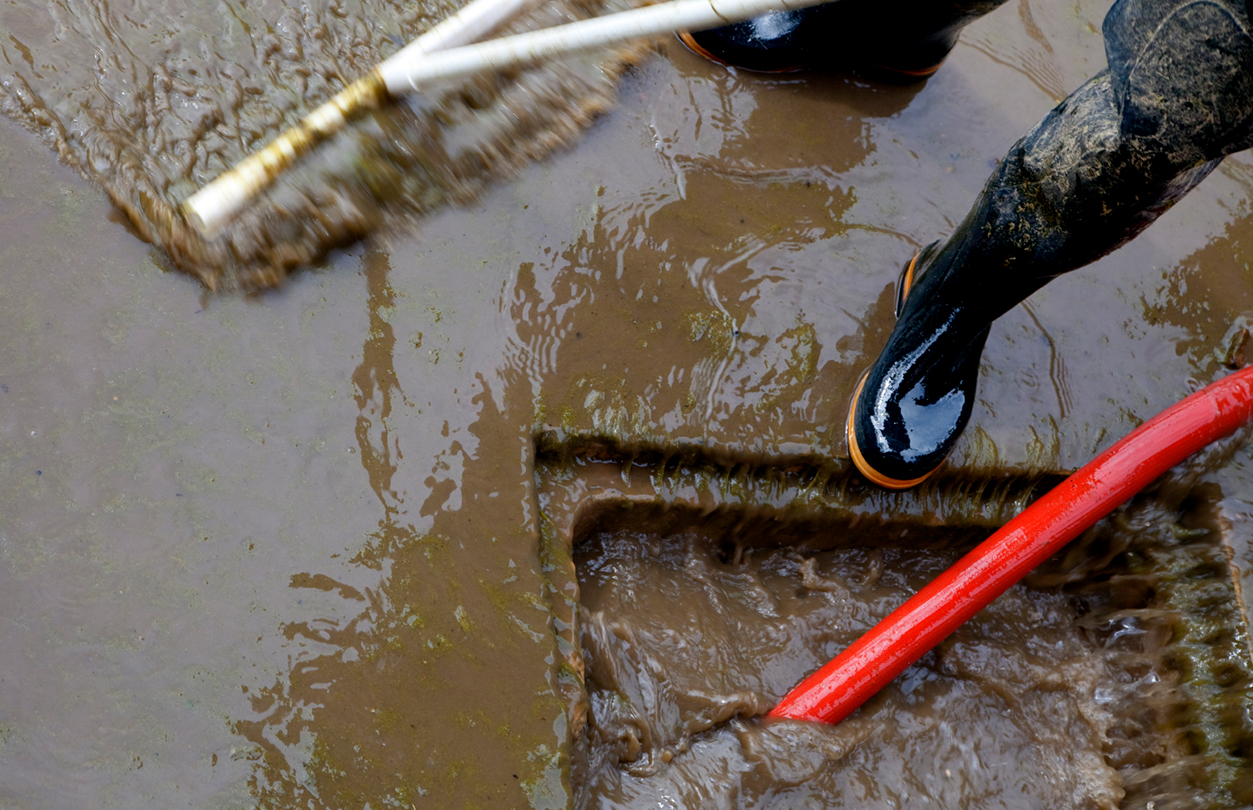
Our Sewage Cleanup Services
Extraction of sewage water:
- Sewage water and debris needs to be extricated. This has to be done with special equipment and transported to an approved site.
- Removing and disposing of any absorbent materials that came in contact with the sewage. That includes carpets and furniture. In some cases, walls are also included in the absorbent materials. All debris must be bagged correctly since it is consider biohazard.
- Power washers, disinfectants and brushes are used for sewage cleanup.
- Structural drying and dehumidification is used to avoid the growth of mold and other bacteria.
- Immediate removal of contaminated, non-salvageable materials (fabric material, drywall) must be done.
- Cleaning and disinfection of non-porous materials (counters, cabinets) is done thoroughly.
- Restoration of salvageable items (furniture, upholstery) is done once it is determined that it has not been infected with mold or other bacteria.
- Fast drying with high powered fans and dehumidifiers are used to dry all areas.
- Sanitization and Deodorizing of the affected space is done.
Causes of Sewage Backup
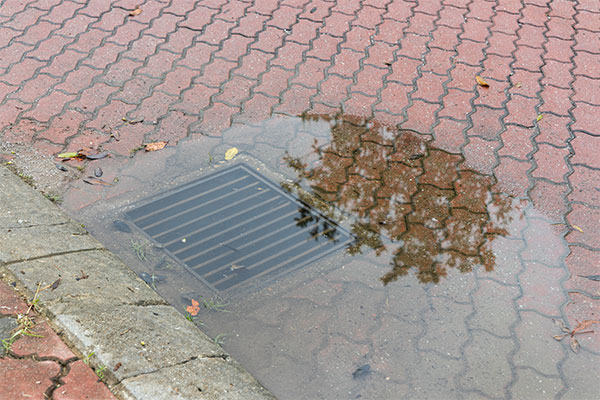
Clogged Sewer Line
Imposing Tree Roots
Aging & Damaged Sewer Lines
Heavy Rainfall Amounts
Signs of a Sewage & Drain Problem
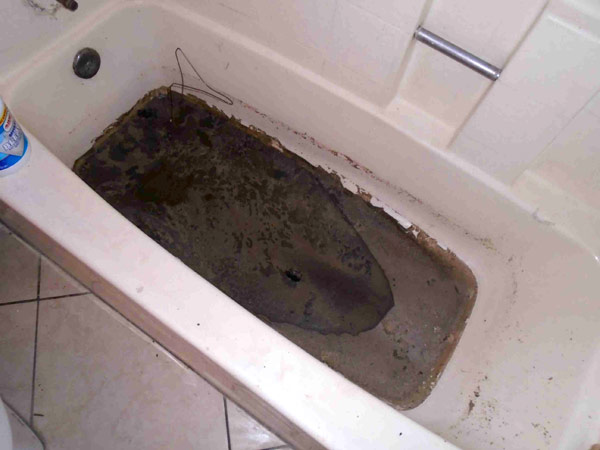
- Slow drain in sinks and tubs
- Sewage backup or overflow in kitchens and bathrooms
- Distinct sewer smell coming from drains
- Standing water around the sewer lines and other water supply lines
- Signs of water damage in the lower levels of your home or business
Category 3 Water Contamination
Fouled sewer lines can leak out sewage, a thick, dark substance that can cause serious health hazards. Sewage water can contain dangerous contaminants like pathogens, viruses, and bacteria, which can cause severe illness or death if ingested or if there is any contact.
Category 3 water is grossly contaminated and should be avoided. Examples include flooding from rivers or streams, water from beyond the toilet trap, water from the toilet bowl with feces, or standing water that has begun to support microbial growth.
Sewer backups can be dangerous as they may contain harmful viruses, bacteria, and other microbes. These can cause severe illnesses and also cause property damage. Bacteria can contaminate your water, putting you at risk for diseases such as hepatitis A, giardia, and tetanus. Even clean water sources can become contaminated in standing water, for example, with E. Coli or Leptospirosis.
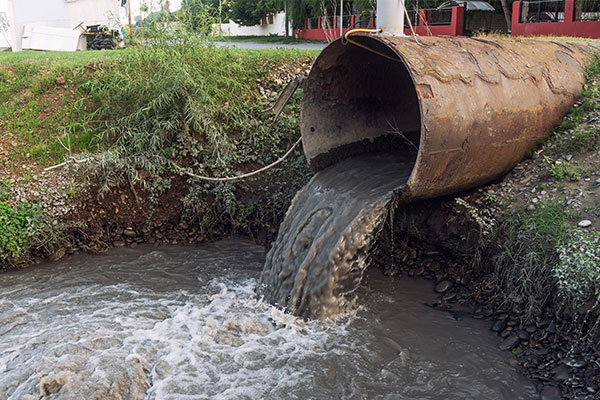
Our Sewage Cleanup Process
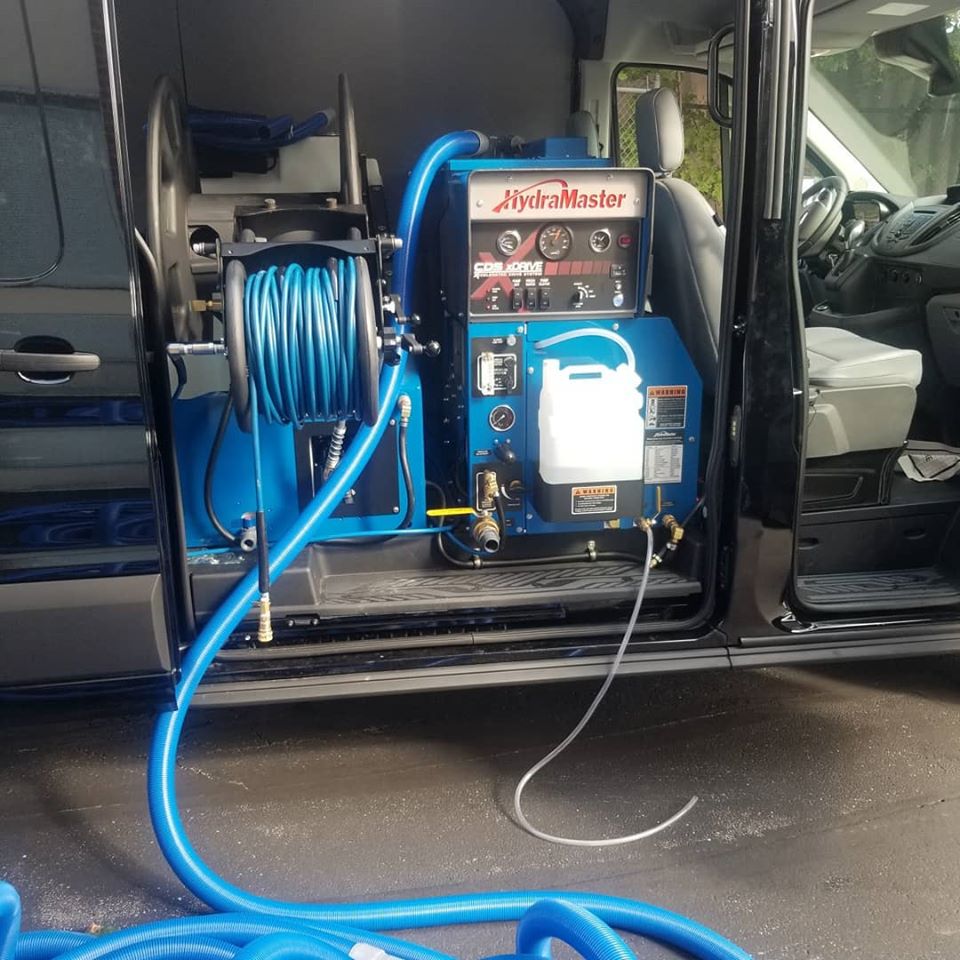
Our team follows all required EPA, OSHA, and IICRC standards when providing sewage cleanup services. Check out our process below.
- Inspection of biohazard area for health and safety. During the initial step, our team can identify the problematic areas as well as the severity of the sewage incident in the affected areas.
- Provide proper PPE to all of the Rock Environmental team members. This may include full-face respirators, body suits, rip-resistant gloves, and waterproof boots.
- Install protective barriers to ensure no cross-contamination into other home or business areas.
- Extraction of contaminated water. Our team uses high-powered water pumps and suction mats to remove standing water in areas. Depending on the severity of sewage damage, we may need to use shovels, buckets, heavy-duty bags, and biohazard containers to remove materials.
- Porous materials will be removed and disposed of according to EPA guidelines. Non-porous materials that can be salvaged will be transported to our secure facility for restoration. We use hospital-grade cleaning and disinfecting agents. If the items cannot be restored safely, they will also be disposed of properly.
- Using high-powered air movers, we will dry out the space and get rid of any excess waters. Experts in water damage restoration, we have access to top-rated products that get the area dried faster so we can restore your home or business quickly.
- Clean, disinfect, and deodorize the affected area. At Rock Environmental, we use the EPA registered SteraMist to safely and effectively restore your space. The mist can be applied in a matter of minutes and can effectively kill most any remaining bacteria or viruses.
- Depending on the location and the severity of the sewage emergency, we may have an industrial hygienist come to provide a clearance inspection of the space. This ensures the area has been cleaned and it is safe to return the site to its pre-damage condition.
- Complete any required restoration services. Restoration needs may include mold removal and replacement of walls or flooring.
- After the once-affected area has been restored, we will bring back the items we restored from our facility. Your home or business will be back to pre-loss conditions.
